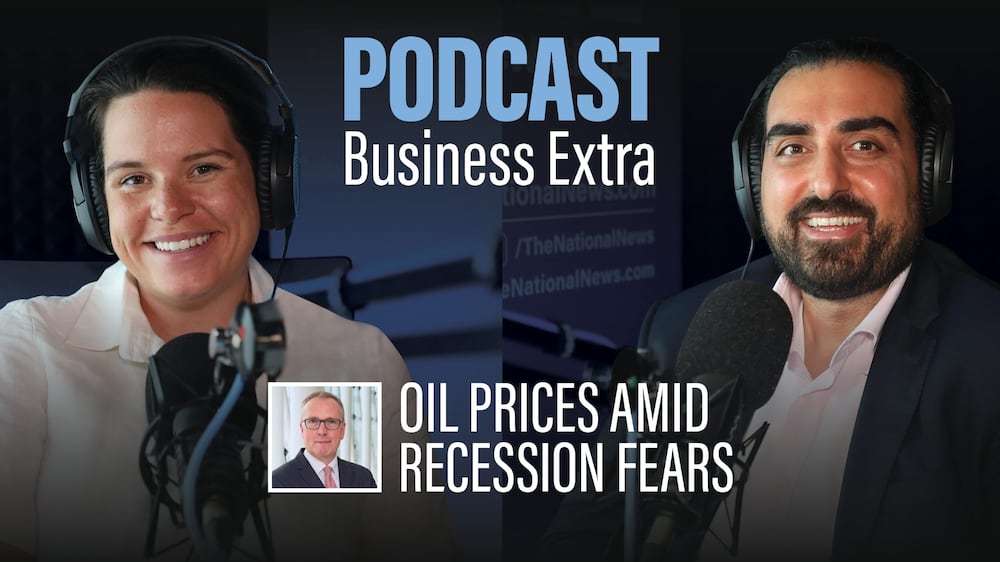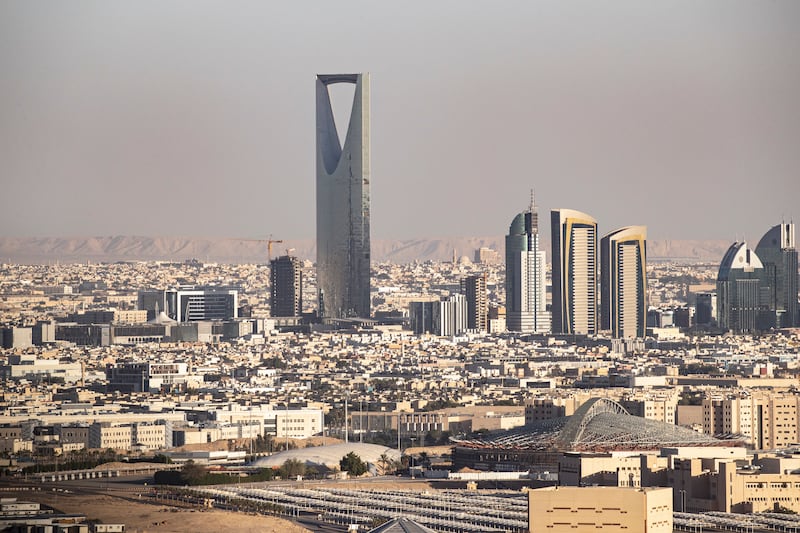Saudi Arabia’s budget surplus increased to 77.9 billion Saudi riyals ($20.77bn) in the second quarter, driven by a surge in oil revenue, the Ministry of Finance reported.
The kingdom's revenue during the three-month period ended June rose by 49 per cent annually to 370.3bn riyals while expenditure increased by about 16 per cent to 292.45bn riyals, the ministry said in a statement on Thursday.
Its surplus in the second quarter was up more than 35 per cent, compared with 57.49bn riyals in the first three months of the year, bringing the total for the period from January to June to 135.39bn riyals.
Oil revenue in the April-June period surged 89 per cent to 250.36bn riyals, from 132.1bn riyals in the same period last year, the ministry said. Non-oil revenue during the period also rose 3 per cent to 120bn riyals.
Saudi Arabia, the world's top oil exporter, has recorded strong economic growth this year on higher oil prices after its recovery from the impact of the coronavirus-induced slowdown in 2021.
The kingdom's economy grew 11.8 per cent in the second quarter of this year, flash estimates released by the General Authority for Statistics (Gastat) revealed.
Oil-related economic activity in the kingdom rose 23.1 per cent annually during the three months to the end of June, while non-oil economic activity also climbed 5.4 per cent during the period.
Government services activities increased 2.2 per cent, supporting the growth of the Arab world’s largest economy, the data showed.
Oil prices rose sharply this year after the Russia-Ukraine conflict began in February amid growing concerns of supply constraints.
However, prices have dropped sharply this week on fears that a potential recession will slow demand worldwide.
Brent, the benchmark for two thirds of the world's oil, was trading 0.32 per cent higher at $94.42 a barrel at 8.09am UAE time on Friday.
West Texas Intermediate, the gauge that tracks US crude, was up 0.46 per cent at $88.95 a barrel.
Oil price outlook amid recession fears: Business Extra

Business conditions in the kingdom's non-oil private sector have also continued to improve on the back of higher output and new orders, the latest data showed.
Saudi Arabia's headline, seasonally adjusted S&P purchasing managers’ index reading stood at 56.3 in July, slightly lower than 57 in June, but signalling a robust improvement in business conditions for the 23rd month in a row.
Output expanded sharply and employment numbers rose at their fastest pace since September 2019, the report said.
The International Monetary Fund, in its latest forecast, estimates that the kingdom’s economy will grow 7.6 per cent in 2022 and 3.7 per cent in 2023, after expanding 3.2 per cent last year.
The World Bank estimates that the country's economy will grow 7 per cent this year while Jadwa Investment expects it to expand 7.7 per cent in 2022, driven by the oil price rally.
In the second quarter, the kingdom's revenue from taxes on income, profit and capital gains was up 42 per cent annually to 10.23bn riyals, the finance ministry said.
Revenue from taxes on goods and services fell 6 per cent yearly to 64.2bn riyals while taxes on international trade and transactions increased 26 per cent to 5.4bn riyals.
In terms of expenditure, grants rose the most in the second quarter at 197 per cent, year on year, to 1.36bn riyals while subsidies were also up 58 per cent to 6.69bn.
Overall, government reserves at the end of June stood at 318.65bn riyals, the ministry said.







